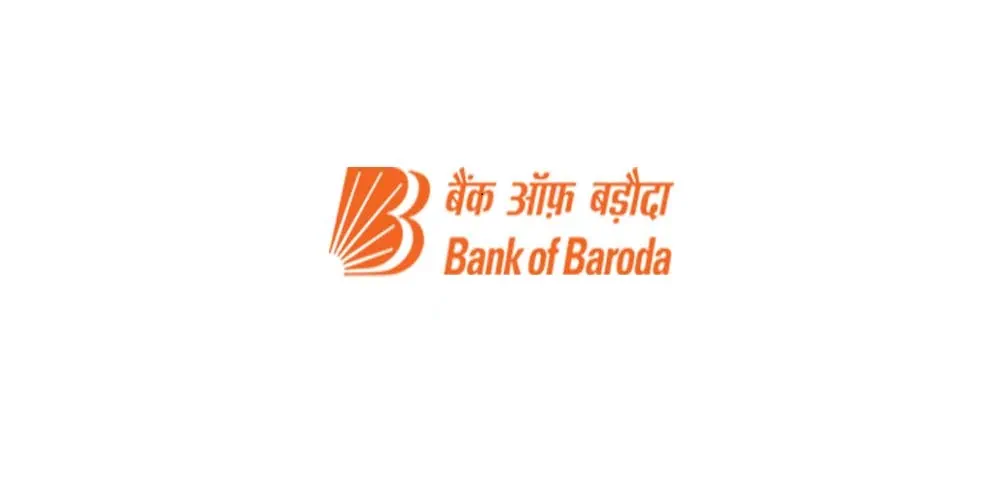
Calculating PPF Maturity Amount: Formulas, Compounding & Calculator
22 May 2023

Table of Content
How to Calculate PPF Maturity Amount Online?
With the dual benefits of saving taxes and accumulating retirement funds, PPF remains a preferred savings method. An investor needs to open an account under this scheme to derive these benefits.
The main Features of PPF are:
| Minimum deposit | Rs.500 |
| Maximum deposit | Rs.1.5 lakh |
| Maturity | 15 years |
| Taxability | Deposit, Withdrawal & Interest exempt |
| Tax Benefits | Up to Rs. 1,50,000 |
| Interest Rate | 7.1% p.a (April 2023 -June 2023) |
Investment amount: PPF account can be opened with a minimum amount of Rs. 500. The investor can invest up to Rs.1,50,000 annually. The investment can be a lump sum or instalments over 12 months. Any investment above the limit will not be eligible for interest.
PPF Maturity time: The minimum tenure for the PPF account is 15 years which can be extended in blocks of 5 years if the investor wishes to. The account can be retained indefinitely after the PPF maturity date without any further deposit to accrue interest.
Frequency: Once the account is opened, the investor must make deposits at least once a year for 15 years.
Interest Rate: The rate of interest is announced by the Government for every quarter. Currently, the deposits in the account can accrue interest of 7.1% p.a.
Joint Account: The PPF account has to be opened in an individual account holder's name; opening in joint names is not permissible.
The Benefits of Investing in PPF are:
Minimal Risk: Since the Government backs the PPF account, the returns are assured and the risks minimized. The PPF account also ensures complete capital protection.
Fully exempt: The interest and PPF account maturity proceeds are exempted from tax.
Tax deduction: The deposits made to the PPF account are eligible for tax deduction under section 80C of the Income Tax Act of 1961.
Ease of account opening: The PPF account can be opened at almost all banks and post offices.
Also Read - Step by Step Guide on How to Open a PPF Account
PPF Interest: Rate and Computation
The rates are revised every quarter. For the quarter April-June 2023, the rates have remained unchanged at 7.1%p.a. The interest is computed on the lowest balance between the 5th and last days of the month. So the best time to invest a lump sum amount will be before the 5th of the month.
PPF Interest: Compounding
PPF interest is computed monthly and compounded annually. The interest is credited annually to the account on the 31st of March.
PPF Interest: Formula
The formula for the calculation of interest is as follows:
I= F-P
F= P[({(1+i)^n}-1)/i]*(1+i)
where,
P = the principal amount
i = the expected rate of interest
F = maturity amount
n = the duration of the investment
I = interest Amount
PPF Maturity Time
The PPF maturity period is 15 years, so does it mean that the maturity proceeds will be received 15 years from the account opening date? The answer is No! The maturity proceeds will be received on completion of 15 years from the end of the financial year the account is opened.
So say the account was opened on the 4th of June 2020, the financial year end of this year is 31st March 2021, so the maturity year will be 2021+15 = 2036, and the PPF maturity date will be 1st of April 2036. The PPF amount after 15 years will be credited to the account on this date.
PPF Maturity: Calculation of Maturity Amount
Maturity Amount = Principal + Interest Compounded Annually
Example: Rohan deposits a lump sum of Rs. 1, 20,000 yearly in his PPF account for 15 years at an ROI of 7.1%. To calculate the PPF maturity amount, we use the formula:
F = P[((1+i)n-1)/i] ; F= 1,20,000[({(1+0.071)^15)-1}/0.071]* (1+0.071) =Rs. 32,54,569.
This is a simple computation with a fixed amount of annual deposit. But with varying amounts deposited, say monthly or quarterly, the computation will get complex; hence, a PPF maturity calculator can help an investor understand the maturity gains from the investments.
PPF Maturity Calculator: Meaning
Calculating the returns on a particular investment over a long period of 15 years may not be doable for everyone. Hence a PPF calculator is handy when an investor evaluates various investment options.
The calculator considers the deposits, compounds the interest at the prevailing interest rate and returns the maturity value. This will help the investor calculate the benefit of the investment.
PPF Maturity Calculator: Steps to Use
PPF maturity calculators are available online and are simple to use; however, if an investor is new to online calculation, they can follow the step-by-step procedure mentioned here below:
- The first input will be the 'Investment Frequency'. This drop-down menu will have monthly, quarterly, half-yearly and annual options. The appropriate option can be selected based on the times the investor has decided to deposit the amount.
- The next input is the 'Investment Amount'. This is the deposit amount. The minimum amount is Rs. 500, maximum will be Rs.12, 500 if you select a monthly deposit, Rs.37, 500 for quarterly, Rs.75, 000 for half-yearly and Rs.1, 50,000 yearly.
- The interest rate will be based on the current rate and set by default, so input is unnecessary.
- Some calculators allow the selection of the tenure of the investment. But the minimum limit is set at 15 years.
- On inputting all these fields, the calculator will give outputs, the PPF maturity amount, the total amount deposited and the interest amount. The investor can keep varying the inputs to get the desired output and choose the best combination.
It must be noted that the PPF maturity calculator will only give close estimates, and the actual maturity proceeds could be different depending on the varying ROI.
Frequently Asked Questions on PPF Maturity Calculator
1. What is the best time to invest in a PPF account to maximize your returns?
The best time to invest in the PPF account is before the 5th of the month, as the interest is computed on the lowest balance between the 5th of the month and the end of the month.
Investing before the 5th of the month could cause a gain of only a few hundred for monthly payments, but it could fetch a larger gain for a lump sum amount.
2. How much PPF Amount will I get after 15 years?
The PPF amount you will get at maturity will be the sum of the total deposits and the interest compounded annually over 15 years. So say you invest Rs. 500 at 7.1% for 15 years, you will get Rs.13, 562, which is Rs.500*15 = Rs.7500 total deposit + Rs.6062 as interest.
Popular Articles
What's the Difference Between a Gold Loan and a Loan Against Property?
Related Articles










-
Disclaimer
The contents of this article/infographic/picture/video are meant solely for information purposes and do not necessarily reflect the views of Bank of Baroda. The contents are generic in nature and for informational purposes only. It is not a substitute for specific advice in your own circumstances. Bank of Baroda and/ or its Affiliates and its subsidiaries make no representation as to the accuracy; completeness or reliability of any information contained herein or otherwise provided and hereby disclaim any liability with regard to the same. The information is subject to updation, completion, revision, verification and amendment and the same may change materially. The information is not intended for distribution or use by any person in any jurisdiction where such distribution or use would be contrary to law or regulation or would subject Bank of Baroda or its affiliates to any licensing or registration requirements. Bank of Baroda shall not be responsible for any direct/indirect loss or liability incurred by the reader for taking any financial decisions based on the contents and information mentioned. Please consult your financial advisor before making any financial decision.
Know the eMandate Meaning, Benefits, Eligibility & Process
In today's digital world, convenience is the key. People are looking for ways to simplify their lives, and technology is playing a significant role in making that happen. One such example is the eMandate, which has revolutionized the way recurring payments are made in India.
Complete Guide to Public Provident Fund (PPF) Account
The "PPF" in full form in banking, stands for Public Provident Fund, a popular long-term savings and investment instrument in India. This government-backed scheme enables individuals to build a secure retirement corpus or meet other financial goals while enjoying tax benefits under Section 80C.

